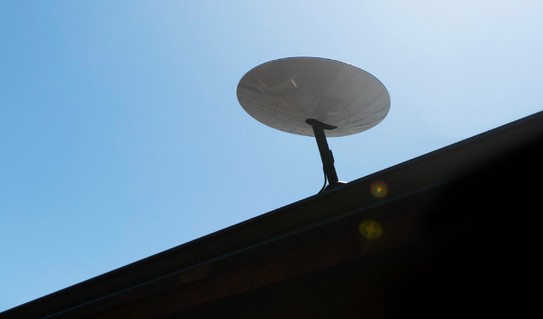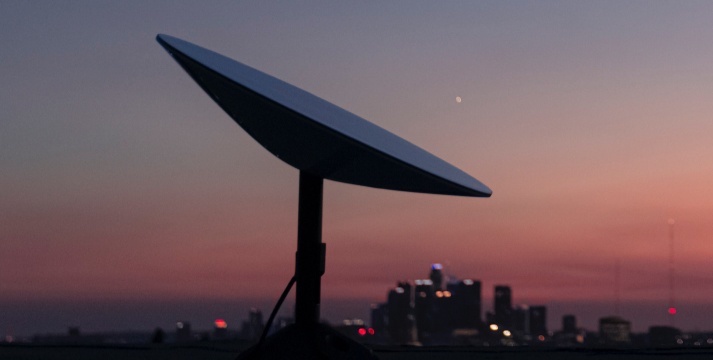SpaceX’s Starlink service appears to be getting very close, as the company sent out requests for specific address information to anyone who has registered interest in its beta program this week. Now, a leak initially discovered via the Starlink subreddit (via Business Insider) has provided an early look at how the beta program will operate, and what is expected by SpaceX of anyone who takes part.
The hardware
Starlink service will require use of specialized hardware for reception and transmission of data to and from the Starlink constellation, as well as “a clear view of the Northern sky” to function. The hardware, pictured above, is a small satellite dish that SpaceX CEO and founder Elon Musk has previously described as a “UFO on a stick.” You can see it pictured above, and it doesn’t look that different from a typical satellite dish, though it’s hard to judge at scale from the images found on the Starlink servers.
Starlink will be providing this hardware to beta testers free of charge, and they’ll be responsible for installing it themselves. The kits include a power supply for the dish, along with mounting hardware designed to work with a person’s specific needs based on their dwelling. The website specifically instructs beta testers not to employ outside help when mounting their kit. Without a clear view of the sky, the FAQ notes, users won’t be able to get a good connection.
Many existing satellite internet service providers use dishes at point-of-use to enable the connection, but they typically work with installers to set it up for users. SpaceX might also go that route following the beta period, but it clearly wants to limit access during this pre-launch testing period.

Image Credits: Starlink
The service
Starlink service quality should be “high” when properly connected, but it also “will not be consistent” according to the company in the FAQ. That’s because SpaceX will be performing remote software updates and other network optimizations throughout the testing program, meaning it won’t be suitable as a solution for “gaming or work purposes,” according to the site text.
Starlink also notes that it will be monitoring all activity on the network during the testing period and forbids specifically “illegal activities” such as downloading or storing pirated materials, and that it reserves the right to “suspend or terminate” beta tester participation based on any such activity.
Users are allowed to cancel their participation at any time, and are encouraged to only install the hardware if they’re able to safely access an area suitable for doing so (so, if you’re in a shared dwelling like an apartment, that may limit your ability to take part).
Beta tester responsibilities
Beta testers are required to keep the details of their participation confidential, including things like network speed and quality, according to Starlink. They’re also expected to dedicate between 30 minutes and an hour per day to “testing the Starlink Services and providing feedback on a periodic basis,” with feedback delivered via “surveys, phone calls, emails and other means.”

Image Credits: Starlink
Starlink also specifies that participants be ready to send back their Starlink kits at the end of the beta period (at Starlink’s shipping cost), or at any time that it’s requested. The company also says that it will require credit card or debit information and will charge a “nominal fee” (which doesn’t seem finalized, but would range from $1 to $3 at setup, and then recurring monthly) in order to “test SpaceX’s ordering and billing systems,” but it notes specifically that the actual Starlink service is provided free, as well as the loaner hardware, for the duration of the test.
Starlink emailed potential beta testers saying to expect the private beta to kick off this summer, so it’s not surprising to see they already have assets and content in place to get it up and running for those invited to participate. If all goes well, the company hopes to expand that to an open beta, with initial coverage in the northern U.S. and Canada, and expand that to more geographies next year after additional satellite launches.
